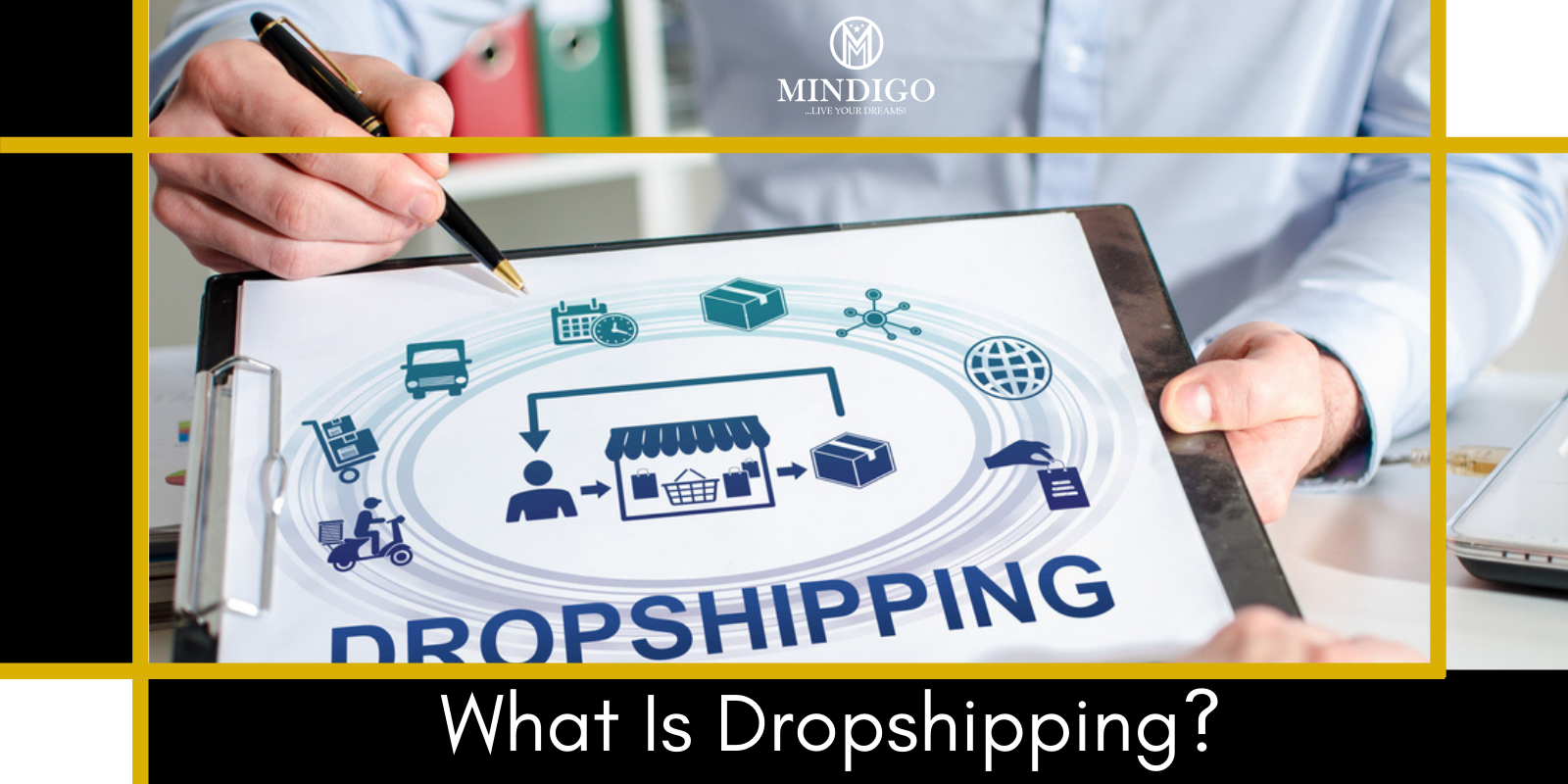Imagine setting up your own online store with dozens, hundreds, even thousands of products without having to spend a single dime upfront on inventory. Instead, you find products on another website (let’s use Amazon in this example since most people are familiar with it), add products to your site, and price them higher than they are being sold on the original size (Amazon).
Let’s say you are selling a frying pan that sells for $14 on Amazon. You price it at $20 on your website. When a customer orders it, they pay you $20. Then you go to Amazon and order it for $14, having Amazon ship it directly to the customer, and you keep the $6 difference.
Pretty slick, right?
Only dropshipping doesn’t require you to pay full retail price like ordering from Amazon. Instead, you can often get prices that aren’t all that much higher than true wholesale prices. Of course, you have to be careful. Some so-called dropshipping companies are actually selling at or very near retail, so it’s nearly impossible to make a profit.
Sometimes they charge a monthly or yearly fee to access their inventory, which cuts into your potential profits even further. You also have to make sure the company isn’t going to be slow with shipping, which could seriously harm your reputation.Dropshipping has a lot of pros and cons, so let’s take a look at those before we continue.
Pros Of Dropshipping
- Lower Upfront Investment – Because you don’t have to pay for inventory upfront, your initial business startup costs are much lower.
- No Warehouse Space Needed – The dropshipper is the one who deals with inventory, so there’s no need to rent a warehouse or take up space in your home to keep your inventory.
- No Shipping Hassles – The dropshipping company also handles packaging and shipping products, so that takes a lot of work off your hands, freeing you up for other tasks, like marketing, and sourcing other products.
- More Products – If you don’t have to worry about whether a product will sell or not because you aren’t paying for it upfront, you can take more liberties with the products you add to your store. If a product doesn’t sell, the only thing you’ve lost is the small amount of time it took to add it to the store, and you can remove it just as easily.
Cons Of Dropshipping
- Low Profit Margins – Because most dropshippers are not true wholesalers, you’ll find your profit margins are lower than they would be if you bought inventory directly from wholesalers. In fact, there’s often a middleman between the wholesaler and dropshipper, which cuts into profits even more.
- Delivery Issues – Because you will have no direct control over shipping, there may be times when customers don’t get their orders on time, or receive the wrong product or damaged merchandise. Because they bought the item from you, they will expect you to be responsible, and they aren’t likely to accept the fact that you used a dropshipper as an excuse. In fact, they’d likely just see that as a reason not to order from you again.
- Inventory Issues – You may also find that your dropshipper’s inventory control system doesn’t sync with your own, which means there may be times when a customer orders a product from your site that is not currently in stock with the dropshipper. In this case, you’d have to either source the product elsewhere very quickly, or issue a refund and an apology to the customer.
- Higher Shipping Costs – Because you won’t be able to make deals with shipping companies for volume discounts, and because customers may order products from multiple dropshippers in a single order from your store, you may run into shipping issues. Shipping costs could eat into your profits pretty badly if you aren’t careful.
It’s a tradeoff, really. You sacrifice larger profit margins and control over inventory and shipping for a lower upfront investment and less work overall. It’s up to you to decide if dropshipping is right for you and your business.

